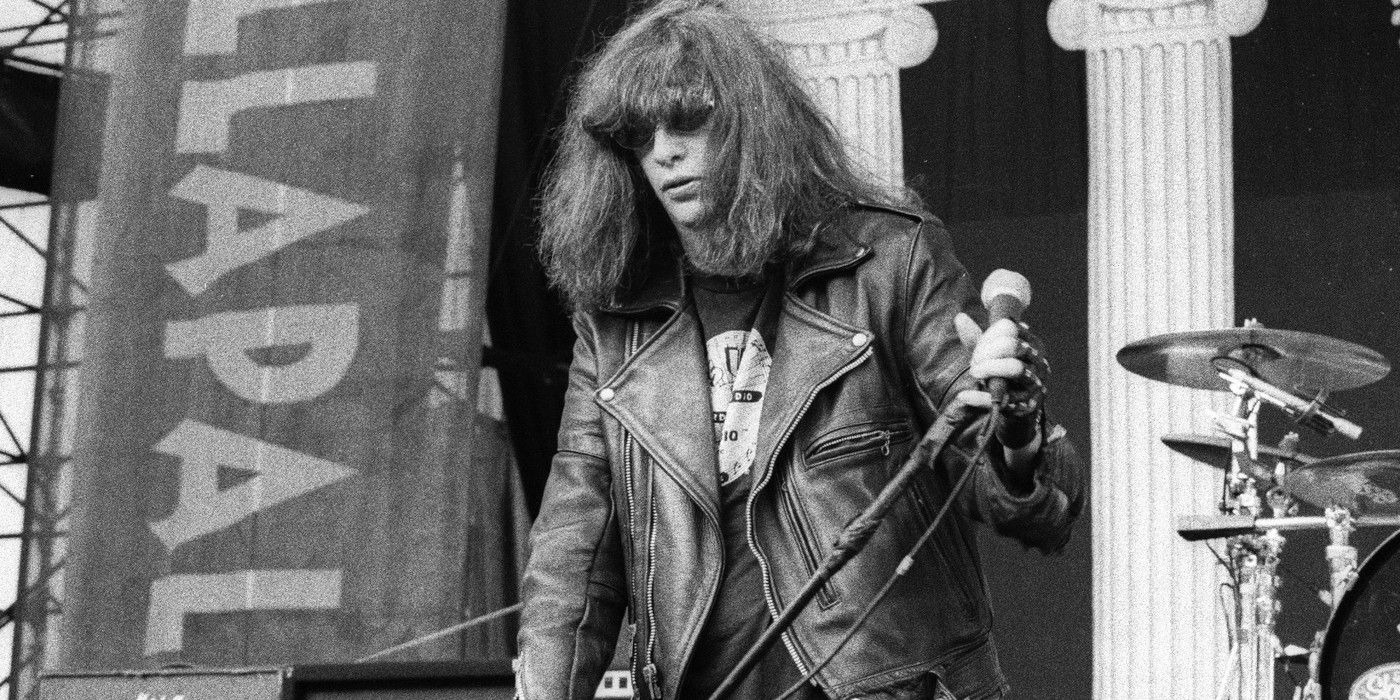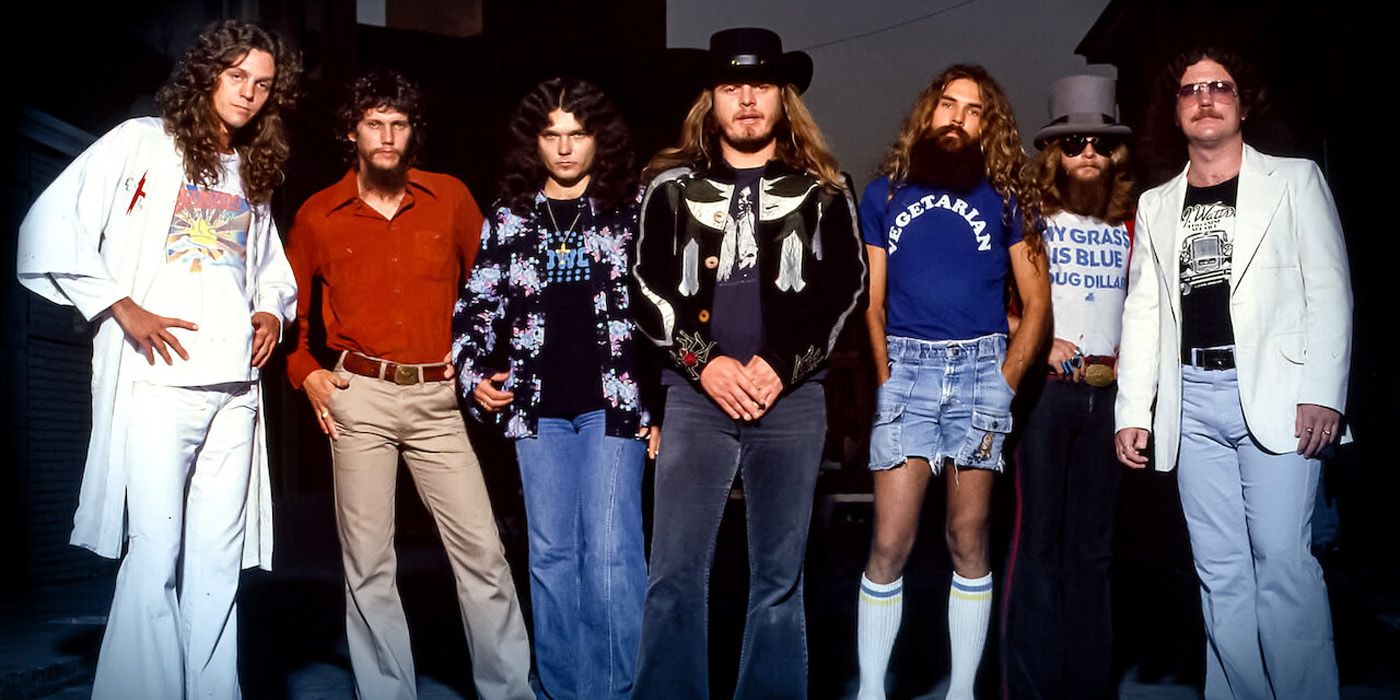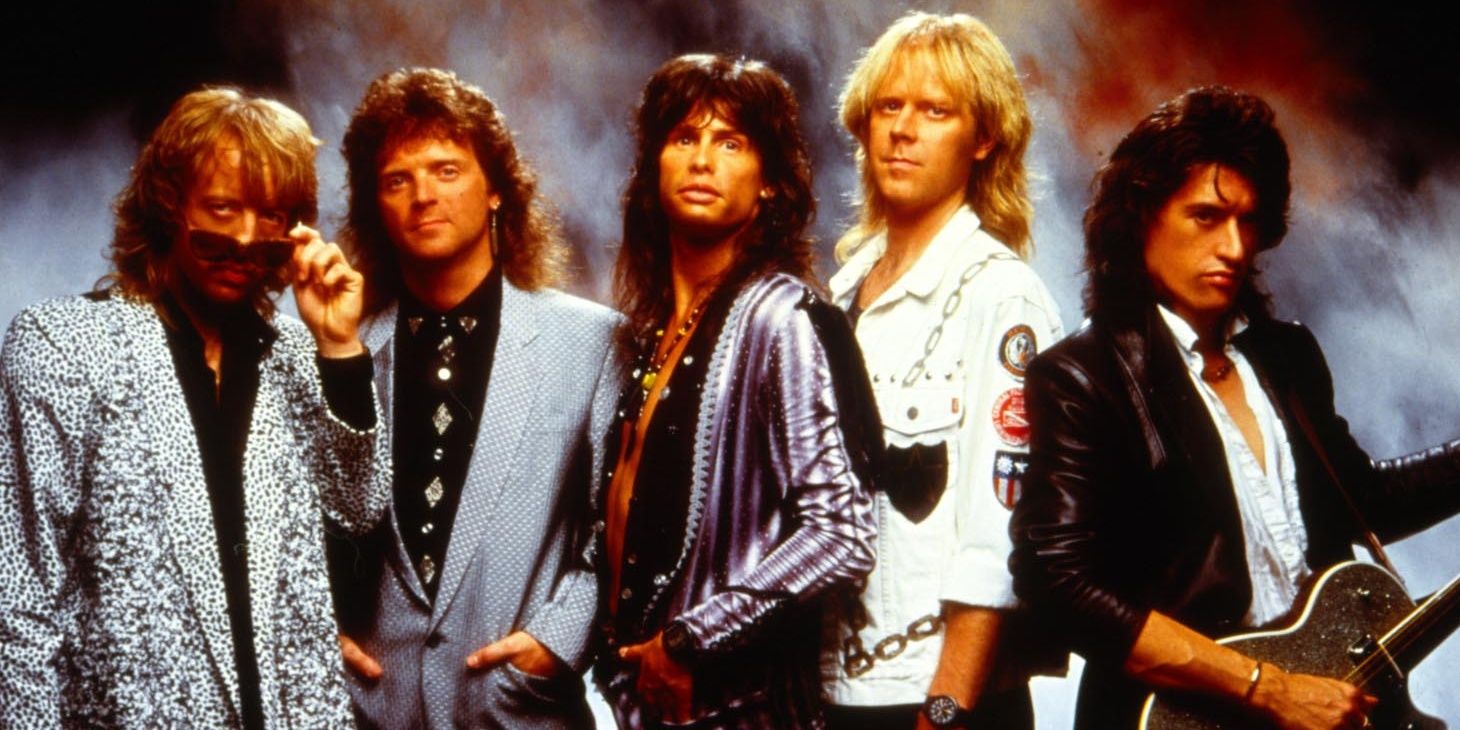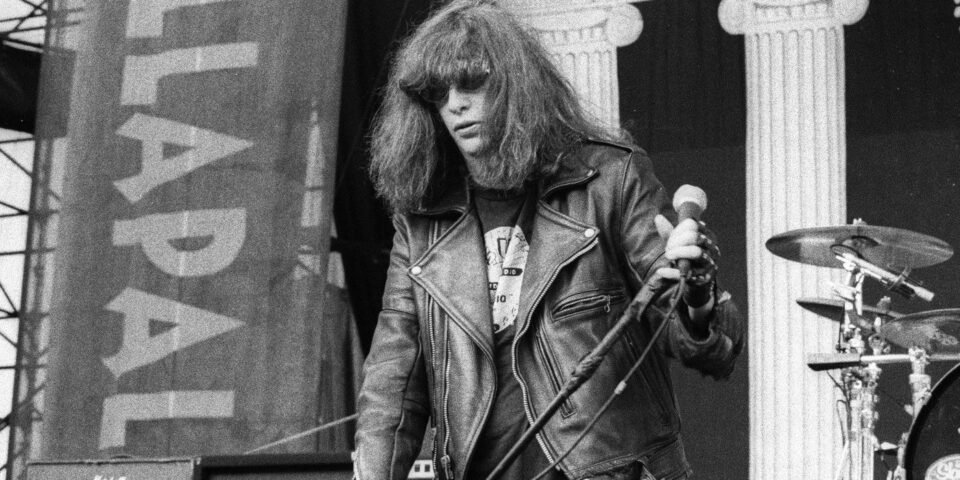From their remarkably short tenure with frontman and vocalist Jim Morrison, The Doors accomplished more in four years than many bands have in four decades. Before his death in 1971, Jim Morrison recorded six albums of groundbreaking music along with keyboardist Ray Manzarek, guitarist Robby Krieger, and drummer John Densmore. All six albums, while wildly unique, provided the groundwork for one of the most prolific careers of any classic rock band of their time, every single one peaking in the top ten of the Billboard 200.
Though their career as a foursome was relatively short-lived, the impact that their music had is ongoing to this day. The eerie undertones created by Morrison’s deep bass vocals and an eclectic instrumental ensemble, from the most electrifying opening tracks to the most chilling closers on an album, all came together to form a truly unique discography, unlike any musical act who came before or after them. Though I don’t think they had a single dud, these ten songs are among their absolute greatest, and are a testament to exactly why they are still as legendary today as they ever were.
10
Break On Through (To the Other Side)
The Doors (1967)
The band’s first-ever single, “Break on Through (To the Other Side)” was released just three days prior to the rest of their self-titled debut album. The single went double platinum, and marked the first taste of fame and success for The Doors. Though their sound continued to evolve, their first hit song was a great representation of what was to come—the juxtaposition between the slow, melodic build of the verses, and a chorus that is explosive on all fronts makes this song the perfect introduction to The Doors.
From the very beginning, it’s difficult to discern what direction the song will go in after the funky bass line introduction. It continues throughout the entire song, but it isn’t until Jim Morrison’s deep vocals kick in that the song really comes together. Ray Manzarek plays a keyboard bass rhythm that is reminiscent of an electronic jazz track, but when Morrison sings, “You know the day destroys the night / Night divides the day / Tried to run, tried to hide / Break on through to the other side,” the hard ’60s rock sound immediately takes over.
9
Light My Fire
The Doors (1967)
“Light My Fire” was the second single from The Doors’ self-titled debut, and after the album’s release, the track skyrocketed to the number one spot on the Billboard Hot 100, where it stayed for three weeks. This song, similarly to their previous single, though a bit more seamlessly, highlights the juxtaposition of The Doors’ distinct spectrum of sound. Jim Morrison’s vocals in the verses are deep and soothing throughout most of the track, but towards the end of the track, there are times when he bursts into more dynamic, explosive vocal patterns.

Related
10 Hit Songs That Helped Turn Musicians Into Rock Stars
Here is a selection of hit songs from over the decades that took bands and artists on a trip from the small stage on their pathway to star status.
In addition to the vocals, perhaps the most notable aspect of this song is Ray Manzarek’s whimsical, upbeat electronic keys. The song’s introduction is unmistakable as a result of Manzarek’s keys, and may very well be the most iconic introduction to any song in The Doors’ entire discography. There is a long, nearly five-minute stretch in the middle of the album version of the track where Morrison’s vocals drop out completely, and the instrumental ensemble almost sounds like a jam band. The variety showcased throughout this song is a clear indication as to why it reached number one.
8
The End
The Doors (1967)
Ironically, “The End” is the closing track on The Doors’ debut album, and thus it is actually only the beginning. It was also, however, the literal end of The Doors’ time in the spotlight. During an infamous performance in New Orleans in December 1970, Jim Morrison had a very public, very damaging breakdown in the middle of “The End,” marking The Doors’ final live performance as a four-piece. The symbolism of “The End” being both the closer to their debut album, and the final song Morrison ever performed live, was truly palpable.

Related
The 10 Best Closing Songs On Iconic Rock Albums
When we think of rock albums we love, what are some of the greatest songs that closed these creative invitations? It’s a momentous group of choices.
The nearly 12-minute track is as legendary as they come, with Robby Krieger’s characteristically eerie guitar riffs interspersed throughout the entire song, making for a truly visceral listening experience. The lyrics are poetic, and Morrison sings them in such a way that almost feels more like a spoken-word performance at times than a musical one. The song itself is a spiritual journey, and the perfect summation of the band’s rise and subsequent fall four years later.
7
People Are Strange
Strange Days (1967)
Following the massive success of The Doors, their sophomore album, no matter how great, likely could not have reached the same level of genius as their debut. Strange Days was, without a doubt, enough to keep fans engaged, and while it did peak at number three on the Billboard 200, the lead single “People Are Strange” was really the only major hit from the album. The single peaked at number 12 on the Billboard Hot 100, and, as a relative diamond in the rough of the album, still remains one of The Doors’ greatest hits.
It’s a great tune, short and sweet, and high enough quality to help them overcome the sophomore slump.
Funny enough, as far as the plain oddity which The Doors have mastered time and time again goes, “People Are Strange” is on the tamer end of the spectrum. The music is relatively conventional, with an upbeat drum backing from John Densmore driving a major-keyed yet mellow tune with a catchy chorus with Morrison cooing the repeated line “When you’re strange.” It’s a great tune, short and sweet, and high enough quality to help them overcome the sophomore slump.
6
Hello, I Love You
Waiting for the Sun (1968)
After Strange Days came Waiting for the Sun, which was The Doors’ first album to reach the number one spot on the Billboard 200 chart. “Hello, I Love You” was the second single from the album, and the opening track, which was fitting, given the song’s title. The track was a call back to the early success of Jim Morrison’s manic, throaty vocals on The Doors, particularly at the end of the song when he repeats the word “Hello” in an increasingly loud and hard manner.
The verses of “Hello, I Love You” are soft and soothing with regard to Morrison’s vocals. The first line of the song feels inviting the way he sings it, though it is an inherently odd and borderline creepy lyric: “Hello, I love you / Won’t you tell me your name?” Before he gets to the harder, throatier lines, Morrison’s voice remains deep and steady, a vocal aspect that is present in so many of The Doors’ greatest hits. It seems to start off that way more often than not, before his inevitable vocal explosion, and “Hello, I Love You” is a shining example of that contrast, and why it is such an integral part of Morrison’s vocal genius.
5
Touch Me
The Soft Parade (1969)
If there ever was a dud throughout The Doors’ discography, it would be The Soft Parade. A large part of that poor reception, however, is that the album’s first single was “Touch Me,” which is one of the greatest songs the band ever wrote, leaving expectations for the rest of the album at an all-time high. They released the single roughly seven months before the album was released, and it was the only single from the album to chart in the top ten of the Billboard Hot 100, peaking in the number three slot.
The introduction to “Touch Me” might be their greatest build with an equally fantastic payoff.
Ray Manzarek’s upbeat introduction is unmatched, coupled with John Densmore’s steadily progressing drums, culminating with Jim Morrison’s explosive, “Come on, come on, come on, come on / Now touch me, babe”—the introduction to “Touch Me” might be their greatest build with an equally fantastic payoff. Another aspect of this song that sets it apart is the saxophone, which plays a huge role in this song, particularly between the lines of the chorus. The lyrics of this song are poetic, and the cohesive blend of music and vocals is pure genius.
4
Roadhouse Blues
Morrison Hotel (1970)
The Doors only released one single from Morrison Hotel, and “Roadhouse Blues” was actually the B-side. That said, this album was the first true masterpiece that The Doors had put out since their self-titled debut, and as the record’s opener, “Roadhouse Blues” was a large part of why. It marked a bit of a departure from their signature sound, experimenting with aspects of the blues, and even incorporating a steady harmonica track throughout the song. It was certainly a surprise of a single, to say the least.
As a B-side, “Roadhouse Blues” did not chart on the Billboard Hot 100, but it certainly got some solid airtime on various radio stations leading up to, and after, the album’s release. Heightened by the harmonica, the chorus has a certain country twang to it, which Jim Morrison certainly leans into when he sings, “Let it roll, baby, roll.” Robbie Krieger also unleashes an insane guitar solo, which isn’t actually a solo at all, given that it’s complimented by the piano and harmonica, but the result is absolutely electrifying.
3
Peace Frog
Morrison Hotel (1970)
“Peace Frog” was the first song that I came to know by The Doors, and thus was the song that started my love for them. Part of what makes this track stand out is the sound effects-laden guitar riff in the introduction. Robby Krieger actually wrote the music for this track before they set the lyrics, which were compiled from a series of poems that Jim Morrison had written, the most notable being a poem entitled “Abortion Stories,” giving the track its reputation as a political protest (Reverb).
“Peace Frog” is a song positively overflowing with feeling, both lyrical and musical, but seemingly in very different ways.
The lyrics are incredibly poignant, especially when you know that they originated from a poem about a topic as sensitive as abortion during the time of Roe v. Wade:
There’s blood in the streets, it’s up to my ankles
Blood in the streets, it’s up to my knee
Blood in the streets, the town of Chicago
Blood on the rise, it’s following me
Morrison was not exactly shy when it came to political issues and his stances, but The Doors’ music was not really overtly political either, making “Peace Frog” stand out in their discography, clear as day. Lyrics aside, the music is fairly upbeat, driven by Krieger’s groovy riff, and an equally groovy bass line in the background. “Peace Frog” is a song positively overflowing with feeling, both lyrical and musical, but seemingly in very different ways.
2
Riders On The Storm
L.A. Woman (1971)
At the risk of seriously embarrassing myself, I often associate “Riders on the Storm” musically with “The End,” and incorrectly believe them to be on the same album. I think this is partially because they are both slow-burning musical masterpieces, by which The Doors both opened and closed their massive success. I also think L.A. Woman would have been almost unanimously regarded as their magnum opus had they had a chance to play it live, and “Riders on the Storm” would have been as perfect a concert closer, if not more so than “The End.”
Jim Morrison passed away just three months after this album’s release, and, as the album’s closer, “Riders on the Storm” was the last song Morrison ever recorded, making the chilling softness of the track all the more poignant. The very title creates an eeriness, exemplified tenfold by the sound effects of a storm at the beginning of the track, John Densmore’s use of cymbals, and Ray Manzarek’s psychedelic electric piano scales.
1
L.A. Woman
L.A. Woman (1971)
The title track of their sixth and final studio album with Jim Morrison, “L.A. Woman” is nearly eight minutes of sheer classic rock bliss. Few opening lines come in as hot as, “Well, I just got into town about an hour ago / Took a look around, see which way the wind blow.” The song is a relative ode to the city of Los Angeles that the band recorded before Jim Morrison moved to Paris, where he would spend the short remaining days of his life.

Related
16 Classic Rock Songs That Completely Define The Genre
There aren’t many genres of music that gained popularity after the 1960s and 70s that weren’t directly influenced by the rock music of that time.
In an interview with Vulture, Robby Krieger explained that he believes “L.A. Woman” to be their best song, saying, “With most of our songs, either Jim would write it or I would write it, or Jim and I would write it together. But this time it was more of a jam.” Where “Riders On the Storm” was truly the final track, “L.A. Woman” seemed to be the last hurrah. The result of a pure jam session, “L.A. Woman” represents the flat out musical genius of The Doors, and that is clear throughout each and every second of the eight-minute journey of a track.

